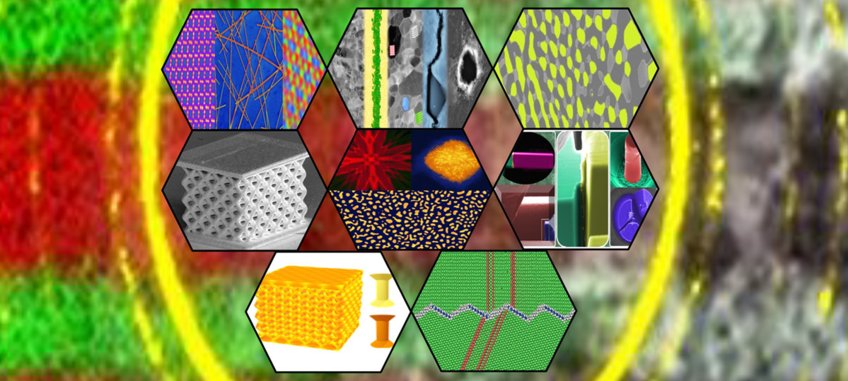Alloys based on intermetallic phases comprise a new class of materials entering into application, e.g. TiAl compressor blades in the new GE
NXTM jet engines. The basis for any new material development is a sound understanding of the stability of the constituting phases in dependence of composition, temperature and time, i.e. knowledge of the respective phase diagrams.
[more]


